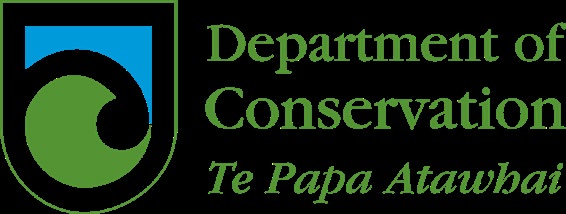
19-E-0563 / DOC 6053987
2 September 2019
Dianne Maxwell
via FYI.org.nz
Dear Ms Maxwell
Thank you for the Official Information Act (OIA) request you submitted to the Office
of Hon Eugenie Sage on 7 August 2019. The Minister has transferred your request to
the Department of Conservation to provide a response.
You requested the following:
1. How many domestic animals have been killed in areas where aerial 1080
drops have occurred in the past 20 years; please list the animal type, the area
it occurred and the date. This is to include pets, farm animals, and others;
2. How many native birds and other species have been killed in areas where
aerial 1080 drops have occurred in the past 20 years; please list the species
name, the area it occurred and the date.
Before we consider your request we set out the following contextual information as it
may assist your understanding of some of the issues you have raised.
Why DOC uses 1080
1080 is a natural biodegradable compound – it dilutes rapidly to harmless levels in
waterways and is broken by microorganisms in soil. It therefore provides an effective
method of controlling introduced predators such as rats, mice and possums, as well
as stoats (through secondary poisoning). 1080 is suited for use in New Zealand owing
to the fact that New Zealand has no native land mammals (except for bats).
Therefore, 1080 can be used in New Zealand without having a negative impact on
native species at a population level.
Aerial 1080 operations are the only effective option currently available to us to
control pest populations in vast, remote or rugged areas (such as areas covered in
thick forests). Trapping in these areas is not feasible because of the number of traps
needed and the trap lines that would have to be cut, walked regularly and maintained.
1080 is saving our native species
Monitoring studies and peer-reviewed research carried out over more than 20 years
show that aerial 1080 operations are highly effective at keeping predator numbers
down and protecting our native species.
For example, monitoring results have confirmed that up to 60% of kiwi chicks are
likely to survive to breeding age in areas with pest control, whereas only around 5% of
kiwi chicks will survive to breeding age in areas without pest control.
Conservation House -
Whare Kaupapa Atawhai
PO Box 10 420, Wel ington 6143
Telephone (04) 471 0726, Fax (04) 381 3057

Whio monitoring results have shown that three times as many whio ducklings are
likely to survive to fledge in areas with pest control, in comparison to ducklings in
habitats that do not have pest control.
More information about how 1080 helps to save our native species can be found on
the following webpage on the Department’s website:
https://www.doc.govt.nz/nature/pests-and-threats/methods-of-control/1080/proof-
that-1080-is-saving-our-species/
Your OIA request
The Department does not hold information about all domestic animals, native birds
and other species that might have died as a result of consuming 1080 bait pellets.
This is because the Department is not the only organisation that carries out aerial
1080 operations and it is not the Department’s role to monitor all animal deaths that
are a result of aerial 1080 operations. Aerial 1080 operations are also carried out by
other organisations such as regional councils, territorial authorities and companies
such as OSPRI.
To the extent it is captured, the information you seek is set out in reports that are
published on the website of the Environmental Protection Authority (EPA). The EPA
requires all operators that carry out aerial 1080 operations to submit post-
operational reports on aerial 1080 operation that they carry out in New Zealand.
These reports include information about recorded non-target animal deaths that are
likely to be a result of ingesting 1080 bait pellets. You can access these aerial
operators’ reports via the following link:
https://www.epa.govt.nz/resources-and-publications/1080-aerial-operators-
reports/
The EPA also publishes annual reports on the aerial use of 1080 each year. These
reports contain incident summaries of non-target animal deaths that will have been
reported in the post-operational reports submitted by aerial operators. These annual
reports can be accessed via the following link:
https://www.epa.govt.nz/resources-and-publications/monitoring-and-
reporting/?tag=322
We are therefore refusing your request under section 18(d) of the Official Information
Act 1982 because the information you requested is publicly available.
You are entitled to seek an investigation and review of my decision by writing to an
Ombudsman as provided by section 28(3) of the Official Information Act. If you wish
to discuss our response to your request with us, please contact us by email at
[email address].
Yours sincerely,
Amber Bill
Director Threats – Biodiversity


